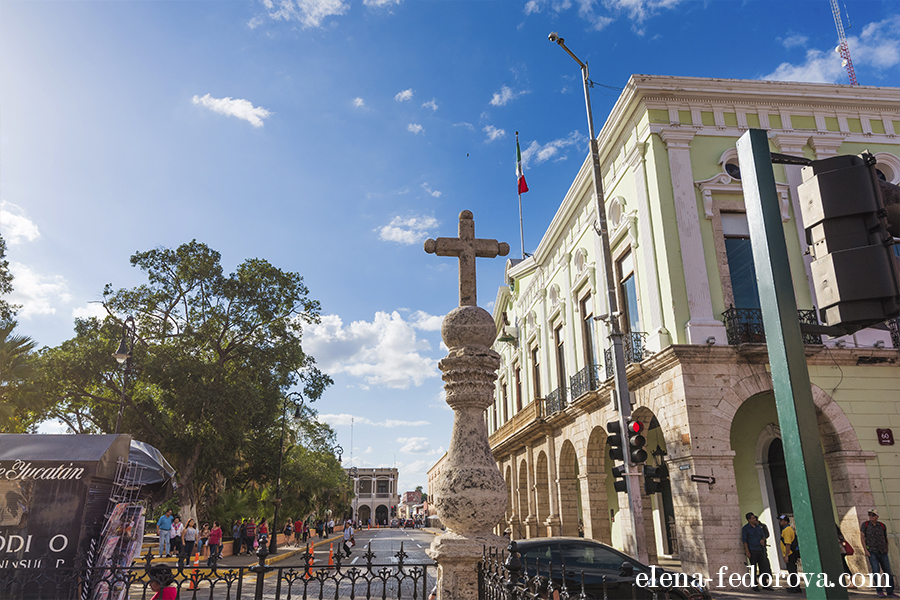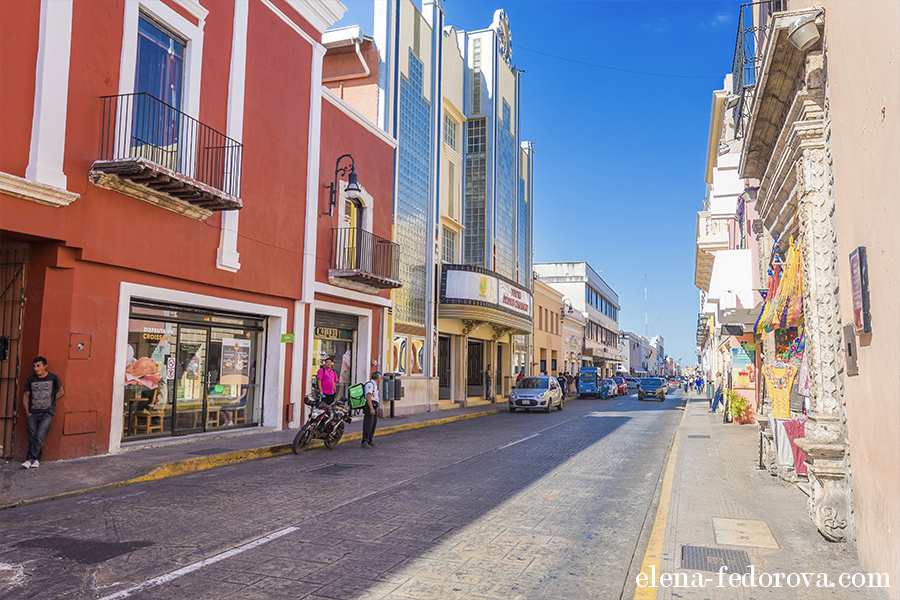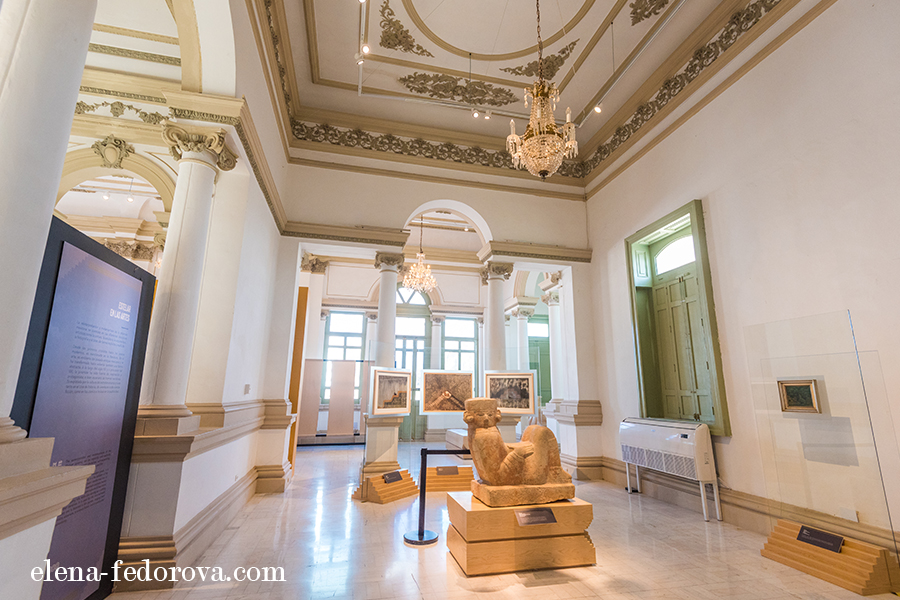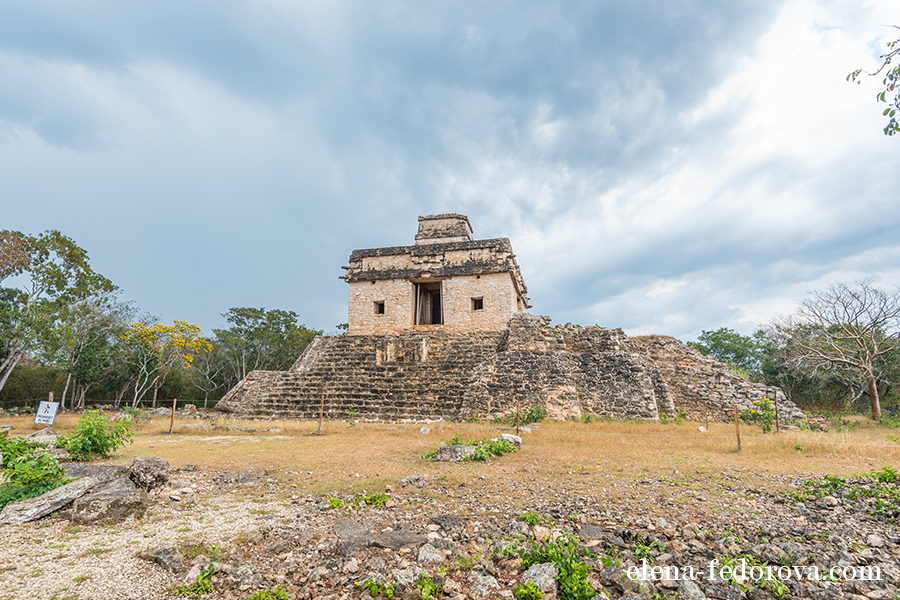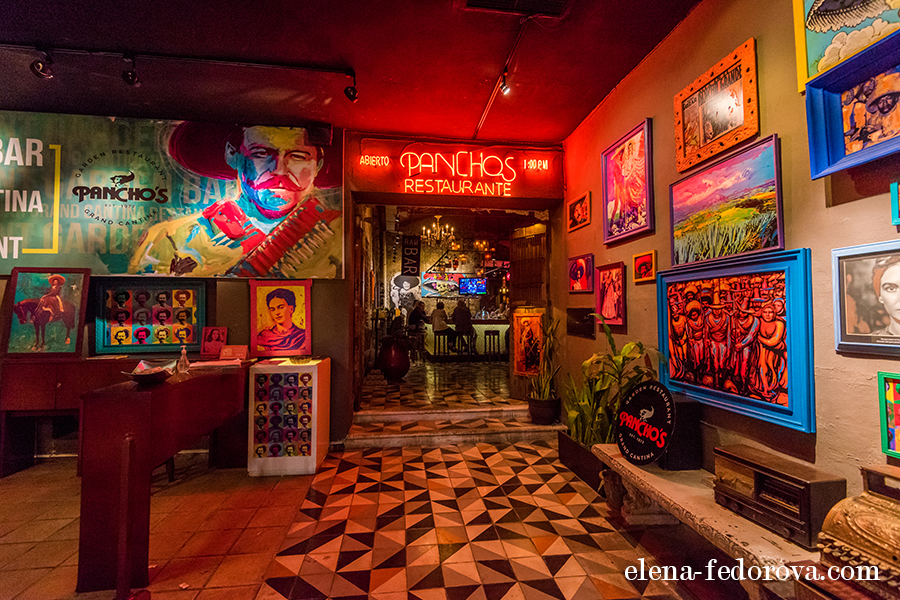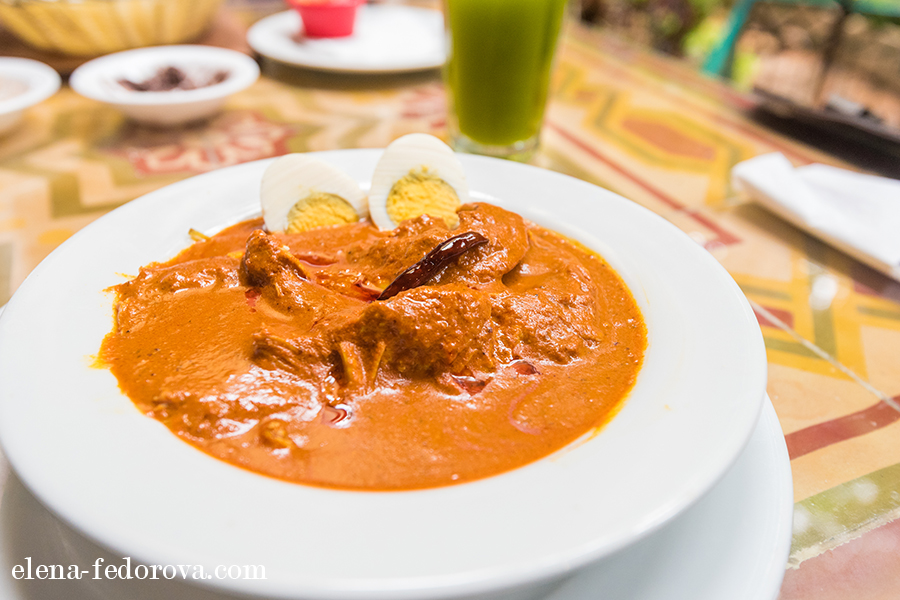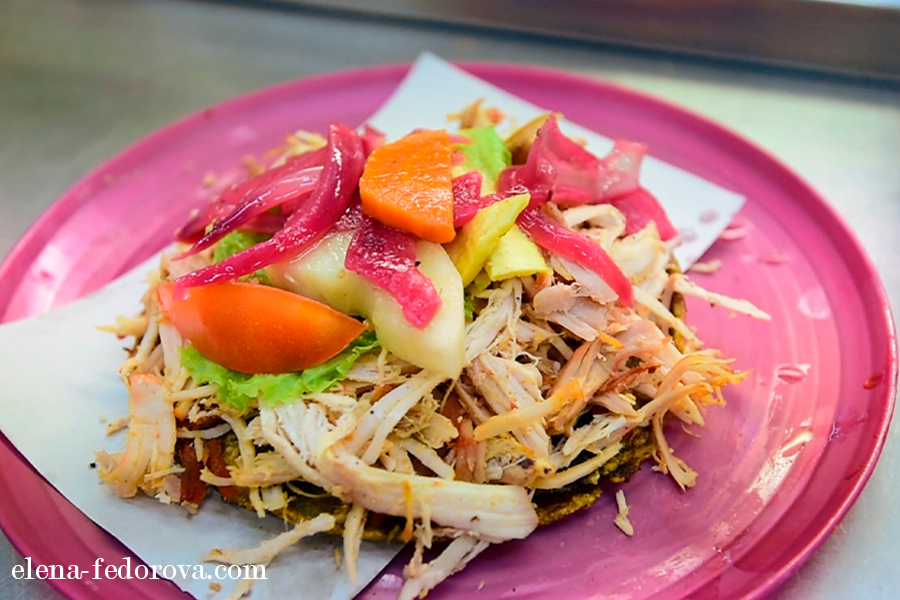Table of Contents
ToggleMerida is a city in the Yucatan State of Mexico that combines European aristocracy, colonial obstinacy and outstanding features of the local Mayan culture.
I visited Merida for the first time at the beginning of 2019 , after that I have been there several times and each visit brings new impressions.
The narrow streets in the downtown of Merida Mexico hide a lot of interesting things. For curious travelers, connoisseurs of art and ancient buildings, this is a real treasure. During my trip in Merida MX, I noticed a large number of abandoned, low-rise colonial-style buildings. Many of them are closed, but there are some that are opened. And I dared to look inside.
One of these buildings is a house called Fundación de Artistas. The name speaks for itself – Organization of Artists. Creative people will definitely appreciate this ancient building with an orange tree at the entrance and a fountain in the center of the courtyard.
Despite the hum of cars coming from the street, there is a unique silence inside the building. There are several shops that sell handicrafts like clothes and different hand-made accessories. And as I found out later periodically there are exhibitions, master classes and lectures by creative people.

Popular with locals, Dulceria y Sorbeteria Colon is a café in the downtown of Mérida that sells delicious sorbet with different flavors.
In Merida Mexico, as in Izamal, the outer modest dimensions of the buildings in the downtown do not convey all the amplitude of the inner space. Facades of buildings, merging into one compositional ensemble, differ only in decor and colors. And to see the difference and feel the colonial spirit of Merida Yucatan, you need to go inside the buildings. I am especially surprised by the hotels in Merida. You open an outwardly modest door and you fall into a state of slight misunderstanding, diluted with an aesthetic shock. And you ask yourself “How can it be and how did all this space turn out to be hidden from the views of thousands of people walking on the streets?” These were the questions I had in my mind every time I checked into a hotel.
One of my favorite places in the downtown of Merida is the courtyard at the entrance to the Universidad Autónoma de Yucatán. This is probably the quietest place in the city center on weekends and in summer when there are no students.
Many times I went there just to sit in silence, where I could hear only my own thoughts of admiration about the art of architecture. This oasis of peace in the middle of a bustling city is like a breath of fresh air in the middle of a wildering desert. Admiring arches, columns and uncomplicated European-style décor, you forget that you are in a city that was once inhabited by the legendary Mayans.
Before my first visit to Merida Mexico, I asked some of my friends who have been there, what to expect and I heard the following: “There is nothing to see in Merida, except the city center and that’s it!”, “Yes, it’s interesting in Merida, but only in the evening, when there are more representations by local communities going on in the downtown!” These words made me think that I definitely need to go there and explore it on my own. Sometimes in order to get the right impression you have to check it by yourself. Do you agree?
My travel experience has proven that even the smallest city has many places of interest, especially if you are visiting it for the first time. What you need to do to receive a full spectrum of impressions is to twist and remove far-fetched expectations, open your eyes and get ready to receive new emotions. Coming to Merida Yucatan expecting to see Barcelona or Las Vegas is not logical. And what is more important, you need to restore a forgotten sense of curiosity and walk along the streets of the city, looking at the architecture and gently spying on the life of local residents. This is how you can feel the real mood that prevails in Merida Mexico.
Merida Mexico historical note.
Merida (“White City”) was founded on January 6, 1542 on the site of the settlement of Ichcaanzihó, also called Thó. Before its conquest, about a thousand inhabitants lived here and there were about 200 houses that surrounded three main squares.
In March 1517, an expedition led by Don Francisco Hernández de Cordoba landed in Cabo Catoche. This date is timed to coincide with the discovery of the Yucatan Peninsula. By December 18, 1526, just nine years after the discovery of Yucatec territory, the Yucatan surrender was signed in Granada, Spain, and then Francisco de Montejo was named Adelantado de Yucatan.
According to the research completed by the historian Michel Antokhov Kolpa, the nickname “White City” does not come from whitewashing, but has more serious cultural reasons.
In 1542, the father, son and nephew of Montejo, the conquerors of Yucatan and the founders of Merida, as well as their modern companions, wanted to turn Merida into a city for the “whites”. Hence the entrance doors to the city, outside of which there were Indian quarters, which will subsequently be overwhelmed by population growth. It was later revealed that the conquerors’ need for the manpower needed for an ever-growing urban society was stronger than their initial desire to remain ethnically clean, isolated and protected in the urban space created on the ruins of the old city.
On July 30, 1847, one of the most resonant conflicts in the history of this peninsula began – the “Caste War”, which consisted in the uprising of the Mayan indigenous peoples against mestizo and “white” families.
What to see and places to visit Merida Yucatan?
- Cathedral de San Ildefonso – the central cathedral of Merida.
- Paseo de Montejo is the main street in the city center.
- Monumento a la Patria.
Monument to the Motherland, which is located in Paseo de Montejo and is elegantly lit up in the evening with multi-colored illumination.
- Palacio Canton, which is also known as Archeology Museum.
Opened: Tuesday-Sunday 8 AM – 4.40 PM
Entrance fee – 52 pesos
- Quinta Montes Molina
Opened: Monday-Saturday 9 AM -5.00 PM
Saturday – 9 AM -1.00 PM
Entrance fee – 100 pesos.
- Casa de los Montejos
Opened: Tuesday-Saturday from 10 AM – 7.00 PM
Sunday 10 AM – 2 PM
Entrance is free.
- Dzibiltantun.
An archaeological site with pyramids and cenote, where it is pleasant to cool off after a walk under the scorching sun. This is the closest pyramids to Merida, about 20-30 minutes driving.
Opened: Monday – Sunday 8 AM -4.00 PM
Entrance: 231 pesos.
I used Uber to arrive to Dzibiltantun and one way cost 120 pesos.
- Municipal Museum of Merida
Opened: Monday-Friday 9 AM -6.00 PM
Saturday-Sunday 9 AM -2.00 PM
The entrance is free.
- Cathedral of Santa Lucia in the park with the same name.
- Sunday fair in the central square.
A great opportunity to see the life of local people and taste a wide variety of local Yucatan cuisine.
- Palacio de Gobierno del Estado de Yucatán – Government Palace of the State of Yucatan.
Opened: Monday-Sunday 8-22.00
- Yucatan Music Museum – Museo de la Canción Yucateca
Opened: Tuesday-Saturday from 9 AM to 5 PM
- Museo Fernando García Ponce
Opened: Tuesday-Saturday 9 am – 5 pm
- Open-air zoo Animaya.
Opened: Tuesday-Saturday 6 AM -6.00 PM
The entrance is free.
Restaurants in Merida Mexico.
Pancho’s.
A favorite destination of American expats and tourists.
Chaya Maya.
A chain of restaurants with Yucatan cuisine and freshly cooked tortillas. During rush hour it’s better to do a reservation in advance, otherwise you will have to wait a long time to get a table.
Los Trompos.
This is my favorite restaurant for breakfast. Located in Santa Lucia Park.
Mansion Merida Yucatan.
A 5 star hotel with a restaurant that is located at the entrance.A quiet, sophisticated relaxation for the soul and an excellent choice for those of you who are looking for a romantic evening ambiance, European architecture and a Mexican cuisine. I have been here many times and I am sure I will come back.
Museo de la Gastronomía Yucateca.
Delicious food, beautiful design where yellow color prevails creating a sunny ambiance.
Local Market
Calle 60 between calle 63 and 65 has an indoor market where you can try delicious local food. I would like to clarify that the fans of glamor and restaurants with a certain number of Michelin stars should not come here, as you might be in shock. And for the true travelers with an open mind and a desire to try new and tasty – “Welcome!”
When I visit Merida, every time I try to eat panuchos, salbutes and drink Chaia juice. These are some of the most popular dishes and drinks in Yucatan cuisine.
Merida Mexico hotels.
Here is a list of hotels where I stayed during my visits to Merida MX. All hotels are conveniently located within walking distance of the historic downtown in Merida Mexico.
Maria Jose hotel Merida.
Delicious breakfast, quiet and clean.
Doralba Inn.
Spacious hotel with reproductions of Frida Kahlo on the ground floor. There is a swimming pool on the ground floor.
Santa Maria.
The best location of all and a beautiful interior with a pool. However, it can be noisy at night due to the nearby bar.
Weather in Merida Mexico.
The best time to visit Merida is from October to May.
It gets unbearably hot in summer. Even for me, a sun lover who can easily endure hot days in the Riviera Maya, in July it was difficult to withstand the scorching sun and stuffiness in Merida.
Merida MX has a developed transportation infrastructure and you can easily arrive in any city in the Yucatan Peninsula. From the downtown you can get to almost any place and visit many historical sights, using one of the local shuttle buses or a taxi.
By the way, Uber operates in Merida, which makes life and moving around the city a lot easier. On average, a trip within the city center costs 25-35 pesos.
How to get to Merida Yucatan:
From Cancun, Playa del Carmen or Tulum using an ADO shuttle bus.
Website ado.com.mx
Ticket prices are from 250 to 700 pesos.
I buy tickets a month in advance when they cost half the price.
Merida International Airport is located 30 min away from the downtown.




